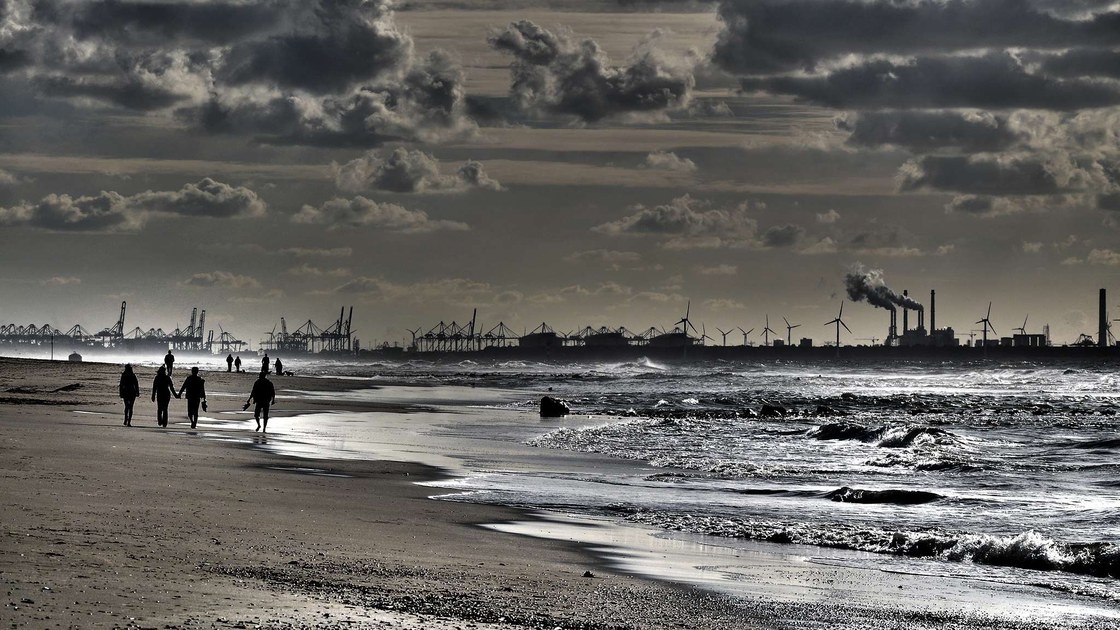
A soil contaminant it could be any mechanical agent, mineral, or species that arrives or occurs in the soil at a concentrations higher than its typical concentration.. The maximum allowable concentration of pollutants is the most important metric for assessing the sustainability of pollutants (MAC).
Pollution of the air, water, and soil are all linked. Industrial, agricultural, and municipal wastes all contribute to soil pollution. Residential and municipal utilities, industrial operations, agriculture, and transportation are the primary causes of pollution.
Government Agency In Charge Of Housing And Public Utility Services
Home garbage, green waste, construction waste, heat recovery waste, unwanted household objects, and garbage from public institutions are the primary soil pollutants (hospitals, canteens, hotels, shops, etc.).
As a result, enormous expanses of land are taken up by city and regional landfills, which pollute the air and groundwater with harmful compounds. Currently, industrial processing of garbage at specialised plants is used to destroy housing and community waste.

A Business That Makes Things
Certain toxic compounds are found in both liquid and solid industrial effluents, and they can have a negative impact on the environment, living species, and their communities. Non-ferrous and heavy metal salts can be found in effluent from the metallurgical industry, for example. Cyanides, arsenic, and beryllium compounds are released into the environment by the engineering sector. Alkane and hydroxy wastes are created during the manufacturing process of plastics and synthetic fibres of all kinds. The phenols, methanol, and turpentine that come from the pulp and paper sector are among the waste products.
Atmospheric transport is the main mode through which heavy metals enter the soil. These include metals such as chromium (mercury), zinc (lead), copper (nickel), and cadmium (mercury).
Agriculture
For example, pesticides used it to protect crops from disease and weed infestation are among the most common soil pollution in this business. With every harvest comes the need to replenish the nutrients that have been drained from the soil over the course of the year. Soil fertility can be restored by introducing organic and mineral fertilisers, which is the primary method. Pesticides are needed in agriculture because without them, crop yields fall rapidly and are only 20% to 40% of what they could be with the usage of pesticides. Additionally, it is important to realise that many pesticides are dangerous to animals and humans, not just the pests of cultivated plants. Soil contamination is caused by pesticides being used in an irregular manner, which disrupts the soil’s chemical cycle. These compounds are unique in that they stay constant with in soil for an extended period of time, allowing them to build up in crops.
Contamination of soil with inorganic materials is also a result of the usage of fertilisers in agriculture. Cadmium, an element naturally occurring in soil, water, and plant tissues, poses a serious health risk to humans when it accumulates in the environment.
The biological pollution of soil is frequently caused by organic fertilisers. Pathogenic bacteria, helminth eggs, and other potentially dangerous organisms are introduced to manure along with the manure itself.
Transport
A well-developed transportation system has a detrimental influence on the environment as a result of its growth. Toxic emissions are the primary cause of environmental damage caused by automobile use. A total of over 12 million tonnes of various pollutants are emitted annually by vehicles: carbon monoxide and nitrogen oxides are only a few examples. As a result, the soil’s essential natural properties are altered.